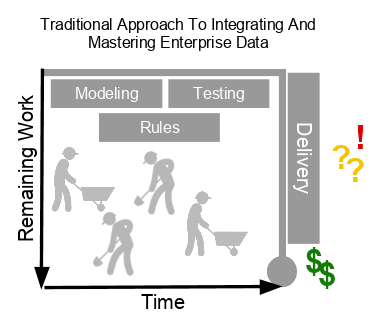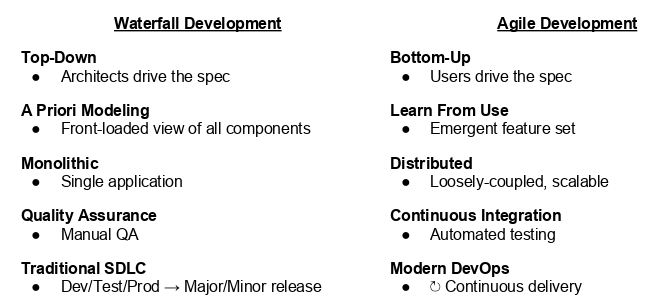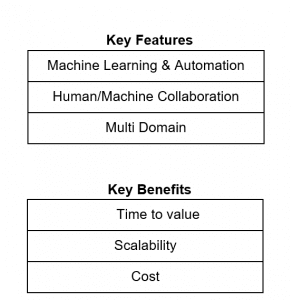Click to learn more about author Mark Marinelli.
Think of your current Data Management process. Is it effective? Are you able to get reliable data you need to carry out business functions served up to you in a timely, actionable manner?
Today’s Data Challenge
Businesses today face an ongoing data mastering challenge. Too many organizations face siloed data sources and an inability to effectively leverage that data to make smart, sound decisions.
The Problem: Traditional Data Mastering Doesn’t Cut It
The traditional process of data mastering is laborious and slow. It can take months or even years to complete the mastering project due to the complexity of rule-creation.
As depicted in the above chart, the challenges faced by companies using the traditional approach to integrating and mastering enterprise data include:
- Lengthy project timeline due to labor-intensive rule creation
- Unreliable results due to limited, indirect business expert involvement
- Results are validated late in the development cycle, where incomplete or inaccurate outputs can cause costly rework of data models and rules
- The inability to make use of all of your data because of the complexity of rules required to incorporate varied sources, limiting coverage to the most easily accessed sources
- Existing data mastering projects are too expensive and difficult to cost justify, especially when value isn’t provided until very late in the process
The Solution: Solving Data Mastering with a DataOps Approach
It may seem daunting to try and solve all of the above challenges but the reality is the solution exists that can help tremendously and software developers use it – an agile approach:
As you can see, an agile approach to software development completely transformed the process and enabled engineers to move quickly and efficiently at scale. Why aren’t we doing the same with data?
Introducing Agile Data Mastering
It’s time to change our thinking so we too can transform how we think about tackling our massive data infrastructures both efficiently and effectively. We can accomplish this with agile data mastering:
You’ve heard of DevOps. The agile Data Management equivalent is DataOps and it ensures us a successful path forward for data mastering. Let’s take a look at the key features and benefits of running a DataOps team:
Proof Agile Data Mastering Works
You might be saying to yourself, “This all sounds great in theory, but does it work?” Below are just two quick examples of how deploying DataOps completely transformed these businesses:
- GE: Used as a stand-alone mastering solution to scale across 8 key business units and master suppliers, parts, and customers – delivering visibility into over $380 million in cost-saving opportunities in 18 months
- Thomson Reuters: Used as a stand-alone mastering solution (later as complementary to other MDM products) to rapidly master organizational entities for use in offerings – reducing manual resources required by 40% and eliminating several months of work
Getting Started Today
We live in a world with an endless influx of data. It’s time that we harness all of that data and put it to work for us. If you’re ready to leverage DataOps, here’s how you can get started:
If you have mastered data: Let your existing mastered data be your roadmap. Keep the best parts of your MDM and just expand and enhance the mastering capability with a more nimble alternative.
If you don’t have mastered data: Jump in by identifying a data-rich, analytically valuable problem for which fragmented data and knowledge present a challenge, an optimal candidate where this new approach can be applied for a quick win
Either way, you must think like a software developer and ensure you have the right mindset, skillset, and toolset to keep your data mastering agile. We’ll dive into specifically what that entails in our next blog.





